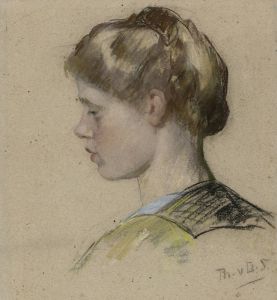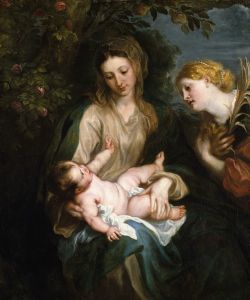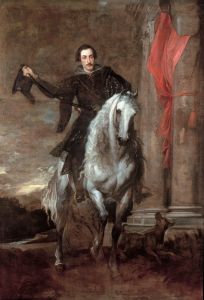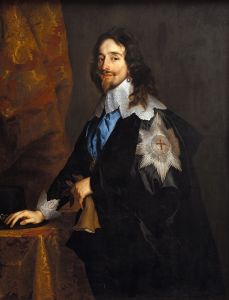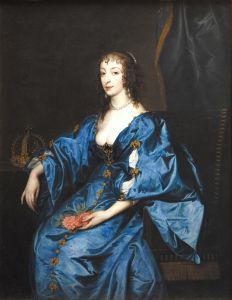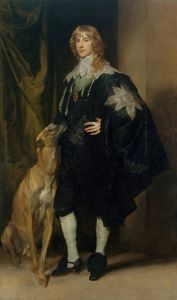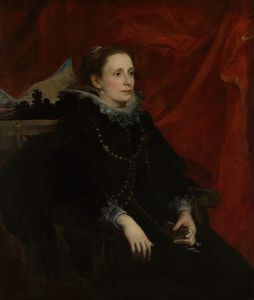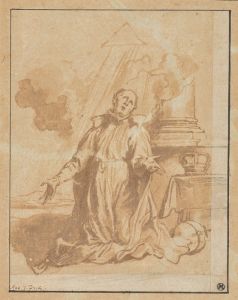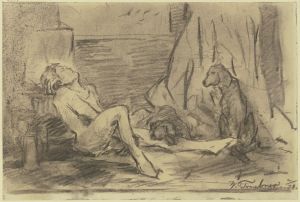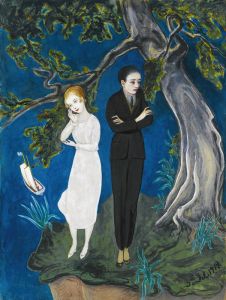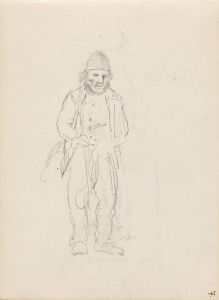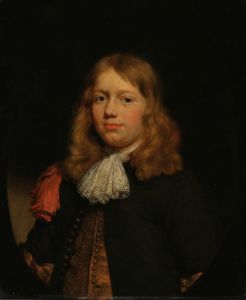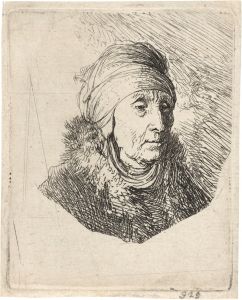
Young Gentleman
A hand-painted replica of Anthony van Dyck’s masterpiece Young Gentleman, meticulously crafted by professional artists to capture the true essence of the original. Each piece is created with museum-quality canvas and rare mineral pigments, carefully painted by experienced artists with delicate brushstrokes and rich, layered colors to perfectly recreate the texture of the original artwork. Unlike machine-printed reproductions, this hand-painted version brings the painting to life, infused with the artist’s emotions and skill in every stroke. Whether for personal collection or home decoration, it instantly elevates the artistic atmosphere of any space.
"Young Gentleman" is a portrait painting by the renowned Flemish Baroque artist Anthony van Dyck. Van Dyck, born in 1599 in Antwerp, was a prominent painter known for his portraits of European aristocracy and his influence on the style of portraiture in the 17th century. He was a leading court painter in England and a significant figure in the development of Baroque art.
The painting "Young Gentleman" is a testament to Van Dyck's skill in capturing the elegance and poise of his subjects. Although specific details about the identity of the young gentleman depicted in the painting are not well-documented, the work exemplifies Van Dyck's ability to convey the personality and status of his sitters through his masterful use of color, composition, and brushwork.
Van Dyck's portraits are characterized by their sophisticated style and the graceful portrayal of his subjects. In "Young Gentleman," the subject is depicted with a sense of nobility and refinement, typical of Van Dyck's approach to portraiture. The young man is dressed in attire that suggests a high social standing, indicative of the fashion of the time. The artist's attention to detail is evident in the rendering of the fabric and the subtle play of light and shadow on the subject's face and clothing.
The background of the painting is kept relatively simple, a common technique used by Van Dyck to ensure that the focus remains on the sitter. This approach also helps to create a sense of depth and three-dimensionality, enhancing the lifelike quality of the portrait. Van Dyck's use of a muted color palette, combined with his skillful application of paint, contributes to the overall harmony and balance of the composition.
Anthony van Dyck's influence on portrait painting was profound, and his works were highly sought after by the European elite. His ability to capture the essence of his subjects with elegance and sensitivity set a new standard for portraiture during the Baroque period. "Young Gentleman" is a fine example of Van Dyck's artistic achievements and his contribution to the art of portraiture.
The painting is part of a larger body of work that showcases Van Dyck's versatility and his ability to adapt his style to suit the preferences of his patrons. His portraits often convey a sense of intimacy and immediacy, inviting viewers to engage with the subject on a personal level. This quality has ensured Van Dyck's enduring reputation as one of the foremost portrait painters of his time.
While the specific details about the provenance and current location of "Young Gentleman" may not be extensively documented, the painting remains an important piece within Van Dyck's oeuvre. It reflects the artist's mastery of portraiture and his significant role in shaping the visual culture of the 17th century.





